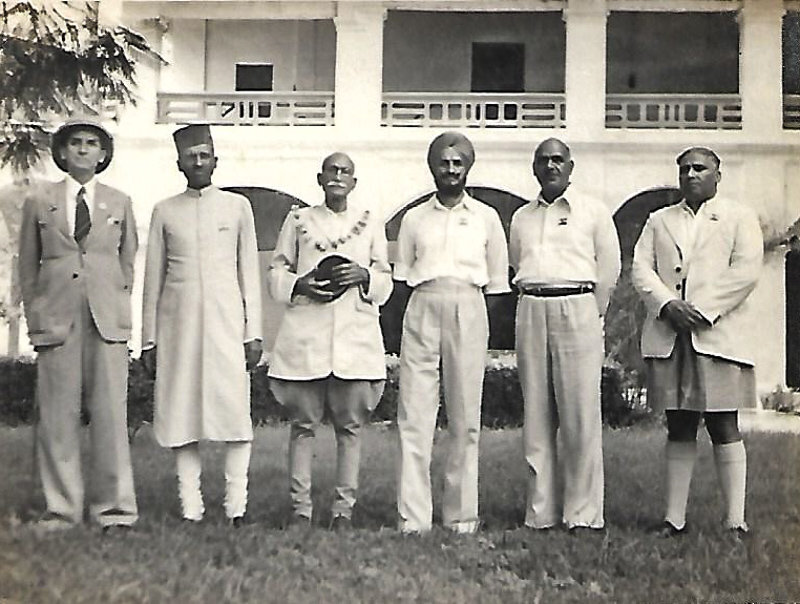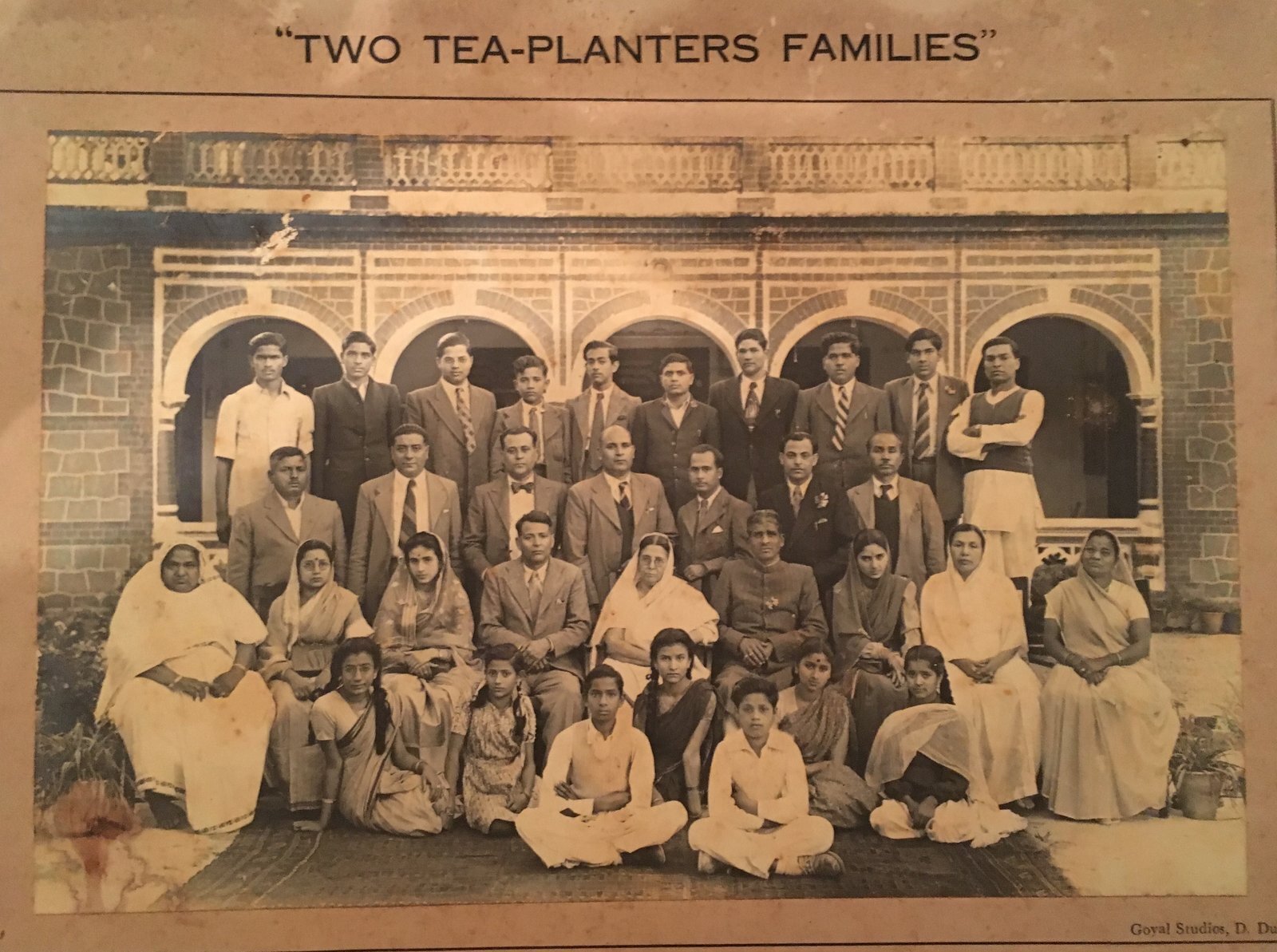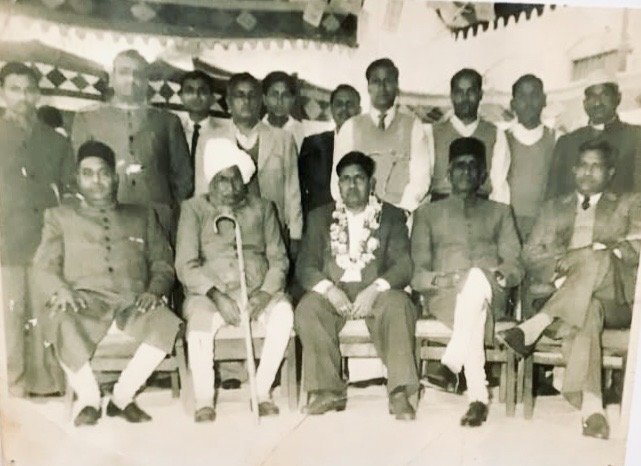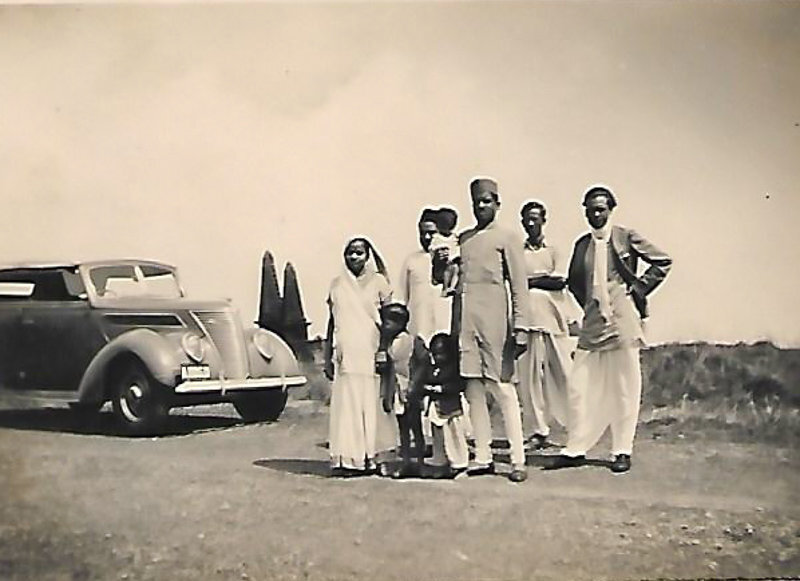The lodge at wah
The Idea behind The Lodge
The Wah Tea Estate Plantation stay started as an endeavour taken up by Deepak Prakash to build a home for his family and personal guests close to the tea factory. He was determined to create The Lodge at Wah as an extension of its surroundings. When he noticed the skill of the locals with mud, stone, wood and slate, he was inspired to make his home using materials and skilled craftsmen only from the region.
Initially, Deepak had no knowledge of building with alternate materials that would lead to safe and high-quality cottages. After extensive research on mud cottages from around the world and inputs from the local artisans, he came up with processes and solutions which would work for these cottages.
The cottages are made of local materials and worked on by skilled craftsmen from our region. The structure is made entirely of mud from the excavation on site. The beautiful slate roofs are inspired by the ‘gaddi’ tribe homes and adjusted to prevent water leakage and to look symmetrical and complete from all angles. The river stones and slates are hand chiseled and crafted in the local Kangra method.
The house colour confounds visitors and guests. No paint has been used on the walls, either outside or on the inside. The interior walls have a white finish as a result of mixing the mud plaster with natural materials.
During the construction, an old Palampur courthouse was being demolished to be reconstructed, and we were able to pick up and recycle the cedar and pine wood which echoes throughout the cottages. Roof lining details, banisters from witness stands, and even whole doors and windows are originally from the Old Courthouse. More of the wood is from the Wah estate, in place of which multiple trees were planted. The polish is done with linseed oil, making it chemical free.
Efforts were made throughout to keep The Lodge at Wah a natural, eco-friendly home. These efforts continue in our daily operations so that our guests can enjoy a wholesome experience, far off the beaten path.
Photos of the original Wah Tea factory
A beautiful legacy
Wah Tea Estate was established in 1857 in Palampur, Himachal Pradesh by the British. The estate saw decades of continuous cultivation, and even survived an earthquake which struck the region in 1905. The Wah estate was then taken over by Sir Sikander Hayat-Khan, the son of the Nawab of Wah in Pakistan, who named the estate after his birthplace. The word ‘Wah’ means ‘wow’, and a visit to the estate will hopefully elicit the same reaction!
In 1953, the estate was taken over by the Chaiwala family. The Chaiwala family has a rich history in the tea industry since the 1940s. As the family grew, the plantations were divided amongst the younger generations; however, the renowned ‘Chaiwala’ name continues to bind them together. Wah Tea Estate is now looked after by the third and fourth generation of the family, Deepak and Surya Prakash.
As a young boy, Surya grew up visiting the tea garden several times a year. With each passing year, he came to appreciate the beauty and charm offered by the vast tracts of unpolluted, tranquil Kangra – a place where the pine-scented air is said to have curative powers. Years of travelling around the world compelled him to start sharing the experience at Wah, and with this, the idea for The Lodge at Wah was born.
Decades of Tea Tradition
In the early 1900s, our forefather Sheo Parsad owned a simple provisions shop in Dehra Dun from which he also sold tea that he would purchase from Goodrich Tea Estate in Kaulagarh. Tea proved to be a profitable product, and with some hard work, Sheo Parsad and his brother Dharshanlal were able to expand the number of shops.
Sometime in 1917, the Goodrich Tea Estate owner Darbar Sahib was about to lose the estate to the British as collateral against dues. But Sheo Prasad was able to cover the loan on the condition that Goodrich Tea Estate would be leased to them for some years and the property would be returned at the end of the lease period. This lease continued till 1952 and proved to be the first step towards generations of tea experience and multiple tea gardens. The family eventually came to be respectfully known as the ‘Chaiwalas’.
This was the first tea garden managed by the family and provided them the opportunity to learn the business of growing and manufacturing tea. The family’s tea empire was built on the money generated from leasing Goodrich. The first tea estate purchased by the family was in 1934 in Assam, after which there was really no looking back. By 1960, the family was producing approximately 10 million kgs of tea from estates across India.








